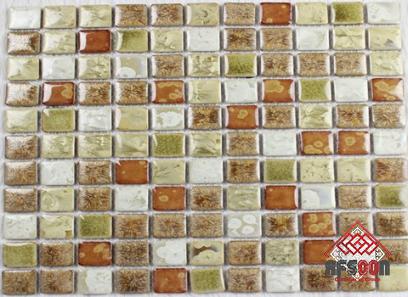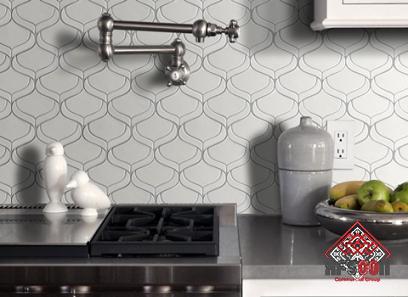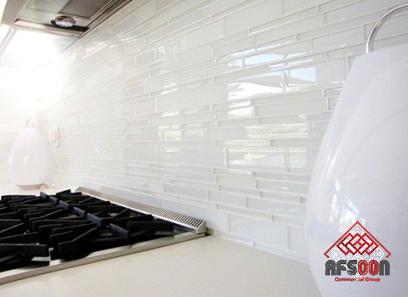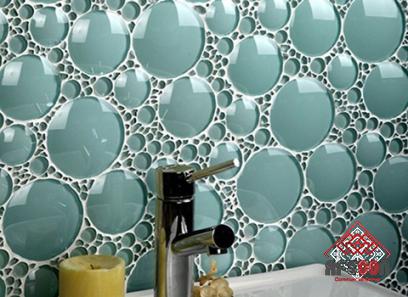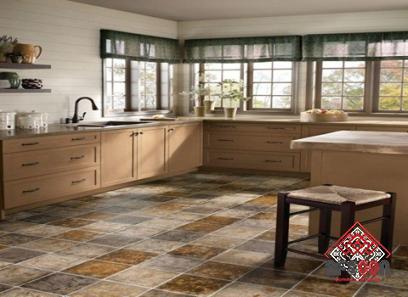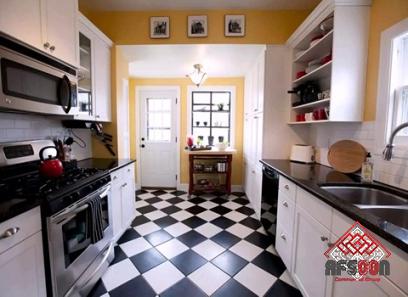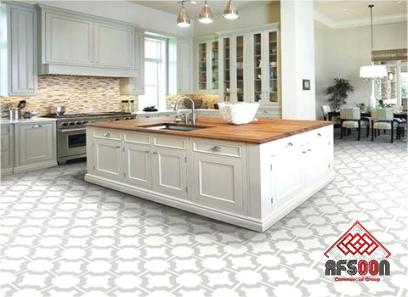porcelain tiles vs vitrified tiles
In this essay, we compared and contrasted tiles of porcelain vs vitrified tiles, providing specifics on their construction and the materials they are made of while also seeking to highlight certain traits and advantages that one type of tile possesses over the other
Tiles are an essential component of any interior or exterior architectural design
The use of tiles lends a one-of-a-kind character to any room
As a consequence of this, you need to exercise extreme caution while selecting tiles for your house
The type of tile is the most important factor to think about when choosing one, and this is especially true for long-lasting porcelain tiles or cutting-edge vitrified tiles
You have to get a clear understanding of the difference between the two first
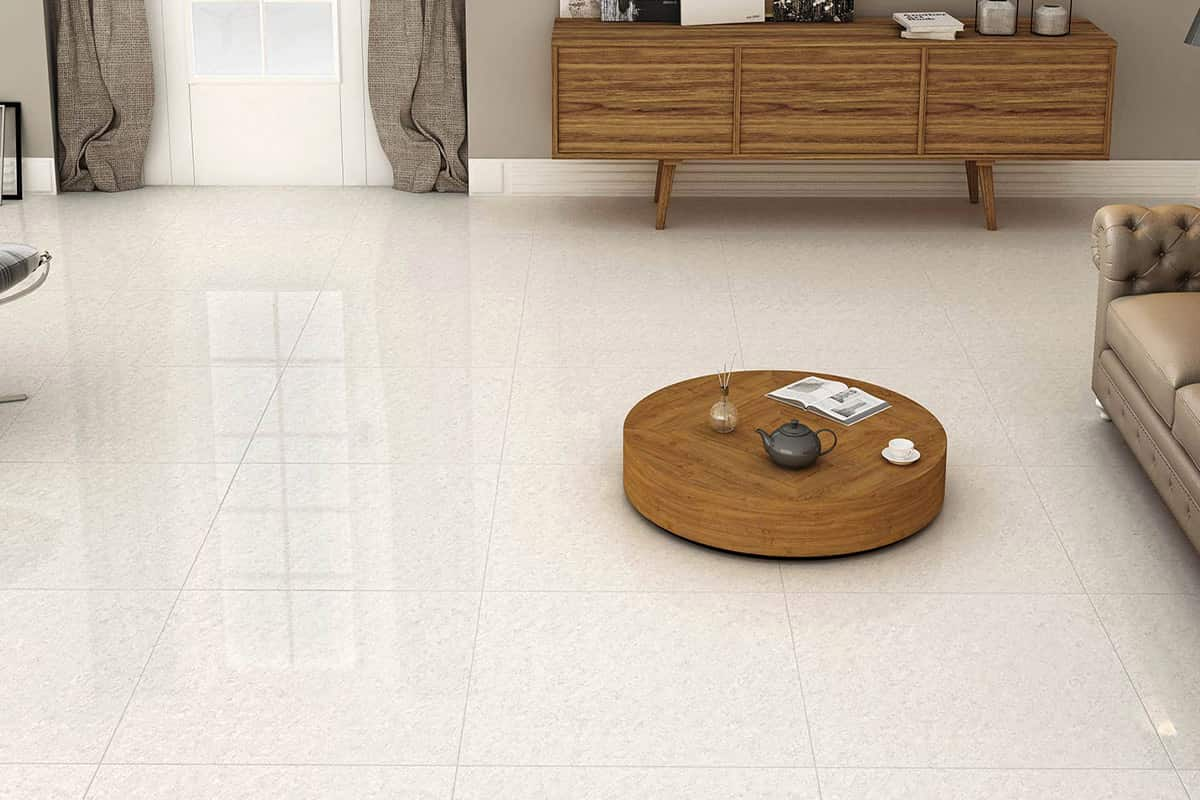
The structural resilience of porcelain and v tiles is largely responsible for their widespread adoption
In spite of the fact that they have many things in common, these two tiles couldn’t be more different from one another
Tiles made of vitrified are ones that have been through the freezing process
By adopting this technique, which involves baking at a high temperature, the tiles are produced
Porcelain tiles are often described as having the appearance of being made of whole vitrified
This demonstrates that porcelain tiles only absorb less than 0
5 percent of the weight of water during their lifetimes
The term ” vitrified tile” derives from the word “latticing,” which refers to the process of producing something associated with vitrified or glassware
The term ” vitrified tile” refers to any and all tiles that were fashioned by the process of freezing
This tile is well regarded for its resistance to stains and its low rate of moisture absorption, both of which it has
Vitrified tiles are made by combining clay and silica to make the mixture
This combination is used to produce tiles that are non-porous and have a glossy surface
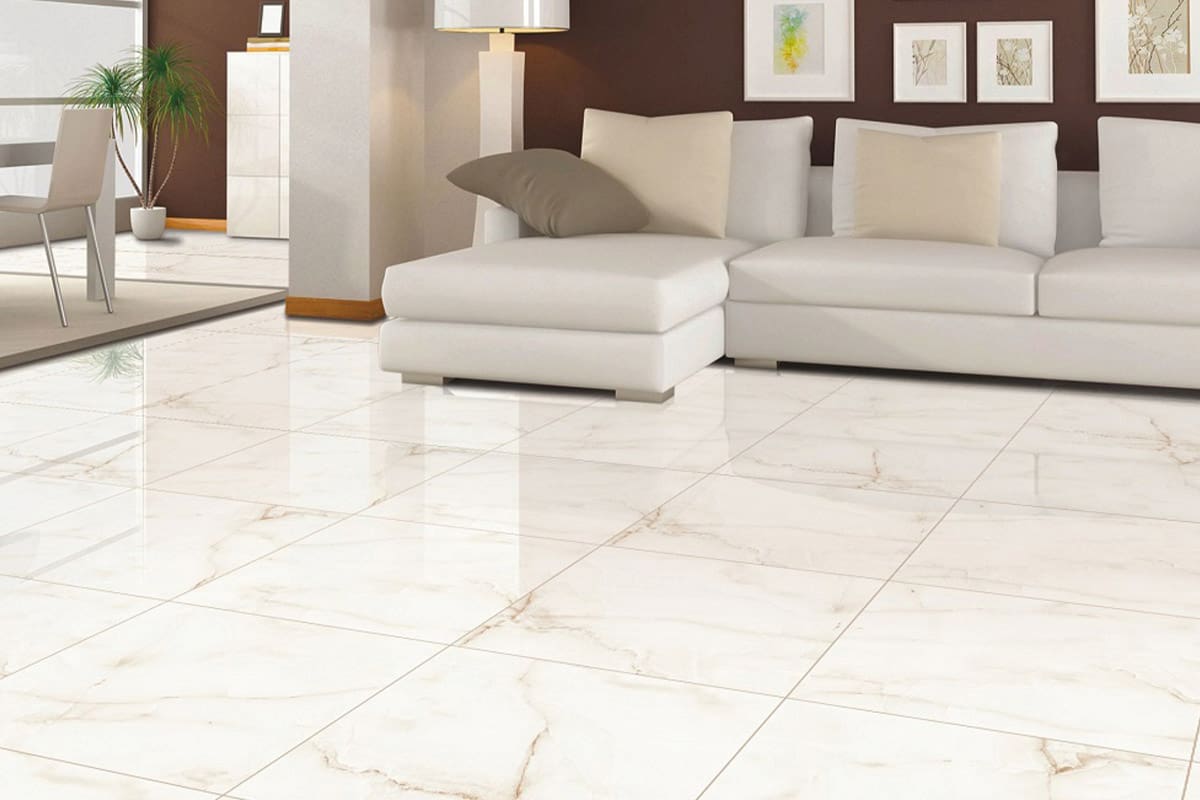
Porcelain tiles are made from ceramic tiles that have been overfired, which results in the ceramic tiles becoming thicker, more durable, and more impermeable
vitrification is the process that turns tiles into vitrified tiles
As a consequence of this, it takes on the appearance of vitrified and evolves into a material that is extremely homogeneous and robust
Despite the fact that the fundamental manufacturing technique is distinct, the curing stage at extremely high temperatures is analogous
Tiles made of vitrified tiles are produced by a process known as hydraulic pressing, whereas tiles made of porcelain are produced through a process known as dust pressing
Both types of tiles are fantastic options for usage in residential settings; however, glazed tiles are the superior option for areas of high foot traffic due to their superior durability
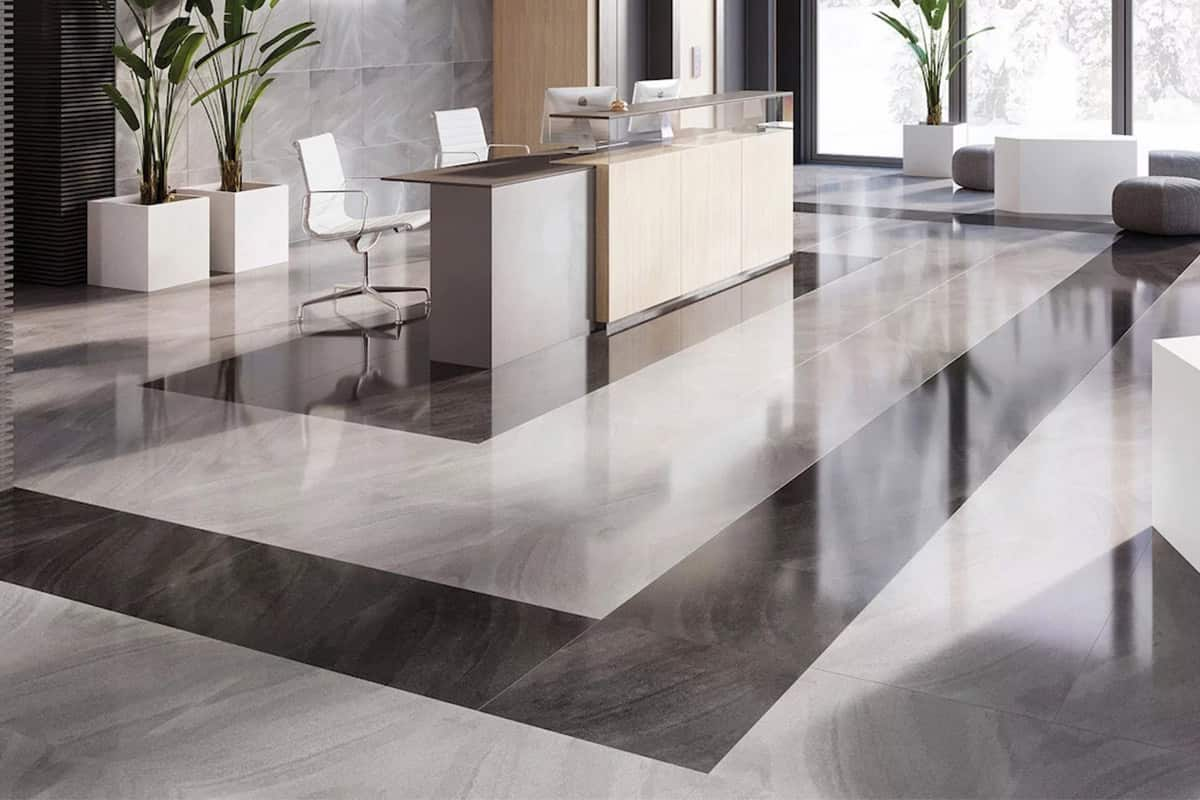
Porcelain tiles are frequently seen in domestic and commercial settings that are on a smaller scale
Glazed tiles are appropriate for use in residential and commercial settings alike when there is an expectation of foot traffic in the area
When compared to porcelain tiles, vitrified tiles come with a wider variety of possible options
The most common kinds of porcelain tiles are glazed porcelain tiles and unglazed porcelain tiles
Porcelain tiles can also be left unglazed
Frosted tiles come in a wide variety of styles, such as glazed vitrified tiles, whole body vitrified tiles, double charged vitrified tiles, and salt frozen vitrified tiles
Because vitrified tiles are manufactured to have their own distinctive appearance, the only kind of finish that is available for them is a glossy sheen
Porcelain tiles, on the other hand, can have a variety of surface finishes and textures, including both a glossy and a matte sheen
Porcelain tiles are often more expensive than other types of tiles that are available; nevertheless, compared to vitrified tiles, porcelain tiles are both more affordable and more versatile

The production method for vitrified tiles is more complicated, hence the price of vitrified tiles is somewhat more than the price of porcelain tiles
Because of its greater weight and density compared to ceramic tiles, porcelain tiles are more difficult to install on a floor or wall
On the other hand, vitrified tiles are designed to be straightforward both to work with and to set up
Tiles made of vitrified and porcelain may be installed indoors as well as outdoors because of their durability, adaptability, resistance to scratching and impact, as well as their resistance to acids, chemicals, and moisture
Due to the fact that both options are powerful and outperform other tile selections, there does not appear to be a clear winner between the two
These two titles are available in a wide variety of designs and patterns that are more aesthetically pleasing to the eye
You have the choice, therefore the question is whether or not you want to examine the similarities and differences between frosted and porcelain tiles so that you can make an educated decision

